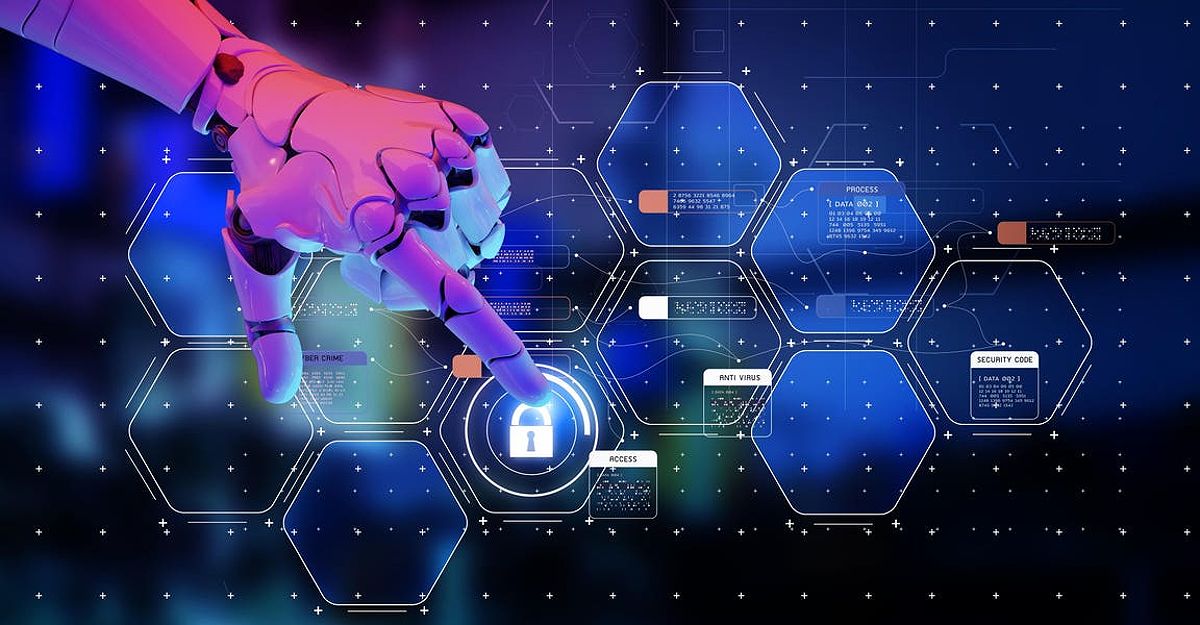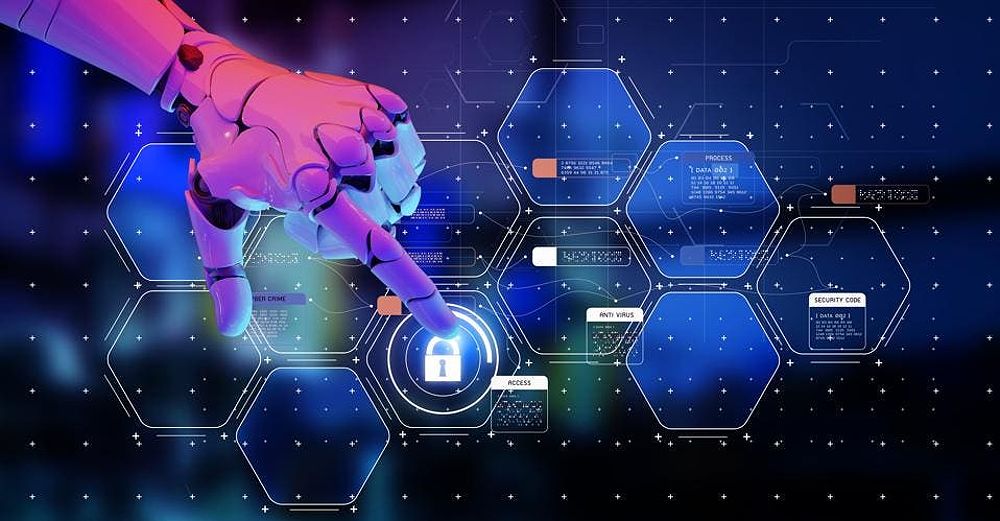Learn how to protect academic institutions from cybersecurity challenges associated with AI integration, including data protection, authentication weaknesses, malware threats, supply chain vulnerabilities, insider threats, and more.
Data Protection Measures for Academic Institutions
Academic institutions face significant cybersecurity challenges when integrating AI into their systems, particularly when it comes to data protection. These institutions manage vast repositories of sensitive data, including student records, faculty information, research findings, and intellectual property. To safeguard this invaluable information, robust data protection measures are paramount.
Here are some expert tips to ensure data protection:
- Encrypt all sensitive data at rest and in transit using robust encryption algorithms. Regularly update encryption keys to maintain security.
- Regularly back up important data to mitigate the impact of ransomware or data theft. Ensure backups are stored securely and regularly test data restoration processes.
- Segment data based on importance and sensitivity. Critical data should be stored in a separate, highly secure environment with additional security measures.
- Continuously monitor network traffic for suspicious activities using intrusion detection and prevention systems.
Enhancing Authentication Security
Authentication weaknesses pose a significant risk to academic institutions, as they can lead to unauthorized access to AI-powered academic resources. To address this concern, implementing multi-factor authentication (MFA) adds an extra layer of security. Additionally, strict access controls should be implemented to limit data access to authorized personnel only. Role-Based Access Control (RBAC) ensures that individuals can only access data essential for their roles.
Mitigating Malware Threats
Malware poses a significant threat to AI systems in academic institutions, disrupting operations and causing data breaches and financial losses. To mitigate this risk, it is crucial to install robust antivirus and anti-malware software on all endpoints. Additionally, implementing email filtering solutions helps detect and block malicious attachments or links. Regularly updating software and operating systems with the latest security patches addresses known vulnerabilities.
Addressing Supply Chain Vulnerabilities
AI systems in academic institutions often rely on third-party software or hardware components, making them susceptible to supply chain attacks. To mitigate this risk, thorough security assessments of third-party vendors should be conducted before engaging with them. Continuous monitoring mechanisms for third-party components should be established, and redundancy and backup plans should be in place.
Managing Insider Threats
Insider threats pose a significant risk to data security within academic institutions. Faculty, staff, or students with access to AI systems can unintentionally or maliciously misuse their privileges. To address this concern, comprehensive cybersecurity training should be provided to all individuals with access to AI systems. Regularly reviewing and auditing user access rights, removing unnecessary access privileges promptly, and implementing user behavior monitoring solutions help detect suspicious activities.
Protecting Against Data Manipulation
Data manipulation is a cybersecurity concern in AI integration, as malicious actors can introduce false or manipulated data into AI training datasets, compromising AI model outcomes. To mitigate this risk, scrutinizing training data for inconsistencies and anomalies is essential. Ensuring training datasets are representative and diverse and regularly updating them helps maintain data integrity. Designing AI models to be resilient to outliers and maliciously crafted input data further enhances protection.
Ensuring Regulatory Compliance
Adherence to data protection regulations is crucial when using AI for academic purposes. Non-compliance can lead to legal consequences. To ensure regulatory compliance, creating a comprehensive data map to understand where sensitive data resides and how it is used within the institution is vital. Conducting privacy impact assessments (PIAs) for AI projects and engaging legal counsel with expertise in data protection regulations provide added assurance.
Preventing Resource Exhaustion Attacks
Resource exhaustion attacks can overwhelm AI systems, causing system downtime or slowdowns. To prevent this, implementing rate limiting on APIs and web services and employing traffic analysis tools to detect unusual patterns in network traffic is essential. Designing AI systems with scalability in mind helps prevent resource exhaustion.
Addressing Cybersecurity Expertise Gaps
Academic institutions may lack the in-house cybersecurity expertise needed to adequately protect AI systems. To address this, investing in cybersecurity training programs for staff members responsible for AI systems' security is crucial. Consider partnering with external cybersecurity experts or consulting firms and collaborating with other academic institutions or research organizations to share resources and knowledge.
Securing Legacy Systems
Legacy systems in academic institutions may not have been designed with modern cybersecurity practices in mind, making them vulnerable to attacks. Conducting security assessments of legacy systems, isolating them from the main network whenever possible, and developing a plan for modernizing or replacing them with more secure alternatives over time is essential.
Conclusion
The integration of AI into academic settings has the potential to revolutionize education. However, it is crucial to address the privacy and security issues associated with AI adoption. By adopting a proactive and comprehensive approach to security, academic institutions can harness the benefits of AI while safeguarding sensitive data and maintaining academic integrity.


